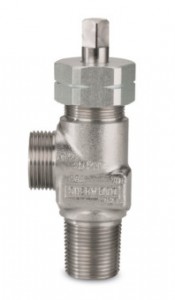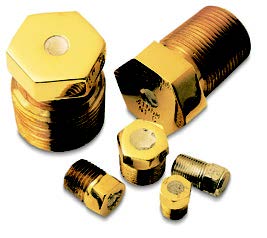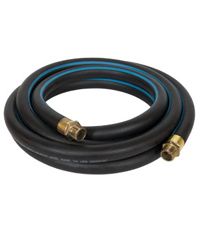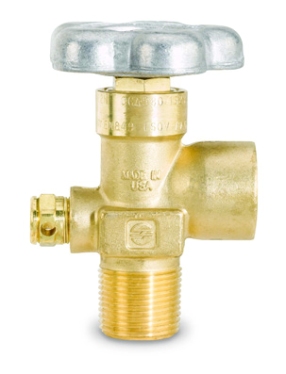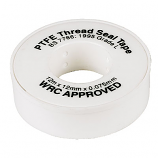Oxygen regulators which are mainly the valves can control the oxygen flow from the tank to delivery instrument or the outlet. The main applications include medicinal, scuba diving for exploration and sports or industrial purposes. The oxygen regulator valve cuts the high pressure oxygen flow by allowing some amount of controlled gas for reaching the outlet of any instrument.
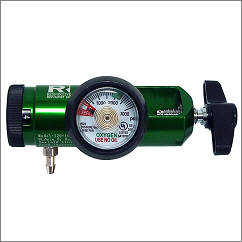
Considering the case of cutting or welding for industrial applications, the oxygen valve will helps to regulate the oxygen flow up to the torch such that steady flame is produced for cutting. If oxygen is required in scuba equipment and breathing in hospitals, the regulator valve regulates flow as the breathing of high pressure oxygen may be fatal.
The Method
There are continuous and non-continuous oxygen flow regulators for oxygen gas which regulates pressure of oxygen contained in the tank. This uses downstream pressure of gas to regulate it which allows the spring for balancing the force. It’s attached to the valve to enable it close or open as per the gas pressure. The diaphragm when attached to valve system along the spring controls the gas pressure to allow certain gas amount for passing through the instrument.
Function
The oxygen valve regulates the gas pressure but isn’t only the gas flow regulator. The 3 parts mainly include sensing, loading and control mechanism. The loading technique will determine the pressure setting, allowed mainly to pass through the regulator. It’s done on using the pre-tensioned spring. Following is sensing method which senses the pressure amount to set it for adequate delivery to an instrument. It’s mainly the diaphragm attached to the valve and spring system. The key control mechanism allows valve for closing and opening to prevent excessive pressure from passing via delivery instrument.
All this and more features in oxygen regulators, you can now get from JTC Valve Sales, of which attributes include:
- Lightweight body of aluminium with brass core
- Accidental damage reduced due to tight cylinder grip
- Ergonomic Handle
- Designed for 3000 PSI use
- 1.5″ diameter gage high visibility
- Exceeds or meets CGA, FDA & ASTM standard
Utilities
Oxygen regulators essentially regulate the oxygen reaching capacity to the body when put in use for hospital or scuba divers. As known, oxygen life saving gas, consuming high pressure of it may prove dangerous if limit exceeds 2000 PSI. For industrial purposes like cutting or welding, the oxygen regulators drop pressure to 2000 PSI from 14000 PSI to finely execute the welding job.
Type
Oxygen regulators essentially are pressure valves which come under category of special service regulators. These are designed to regulate the oxygen gas pressure from the oxygen tank.
Regulation
JTC Valve Sales takes into consideration the manufacturing regulators for oxygen regulators by North America Compressed Gas Association. It makes the recommendations on size of cylinders, valves and oxygen outlets for compression based upon safety considerations and experience.

